History of reprocessing
After the war, the next generation of students at the Bullenhuser Damm school were not told of the atrocities that took place in the building’s basement.
The perpetrators were soon forgotten, and no attempts were made for the victim’s parents or siblings.
Every year, a few fellow prisoners from the Neuengamme concentration camp would come to BullenhuserDamm with flowers in commemoration of the lost souls.
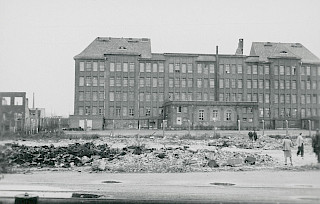
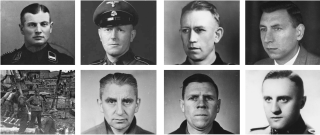
During the 1946 Curio-Haus trials, the former base manager of the Hamburg satellite camps in Neuengamme concentration camp, Arnold Strippel, was accused by his fellow accomplices of involvement in the BullenhuserDamm murders. In 1949, Strippel was sentenced to multiple life sentences for the murders committed at Buchenwald.However, in 1967, Hamburg’s public prosecutor’s office closed the investigation against Strippel in the Bullenhuser Damm case due to “lack of evidence.” Strippel was released in 1969 and was financially compensated.

Some of the children’s relatives had managed to survive the ghettos, concentration or extermination camps, but despite decades of painstaking investigation, they remained in the dark as to what happened to the children themselves. Deportations had resulted in many of survivors losing their personal possessions and momentos, so the only remaining physical memories of the children were a few photos that relatives who had immigrated or gone into hiding were able to keep.
33 years after the gruesome events, journalist Günther Schwarberg became aware of the story. He published the series "The SS Doctor and the Children" in Stern magazine.
Through years of research in numerous countries, Schwarberg tracked down the relatives of the children. The book of the same title (see Publications) chronicles the story of the 20 children for posterity, and helped trace the relatives of 17 of them.
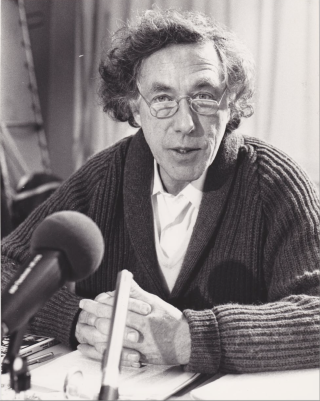
After the publication in Stern, relatives of the twenty children and adult prisoners came to Bullenhuser Damm for the first time in 1979. The association Kinder vom Bullenhuser Damm e.V. was founded by the relatives. The founding members were Günther Schwarberg and Barbara Hüsing and other Hamburg residents.
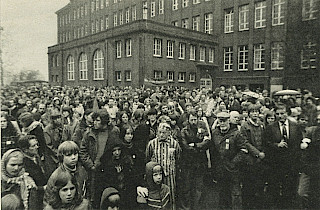

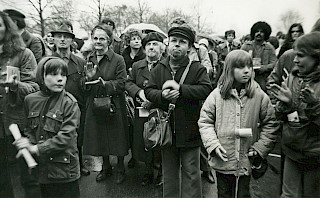
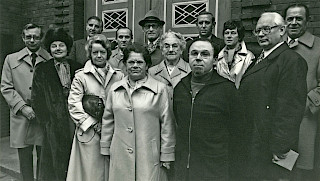
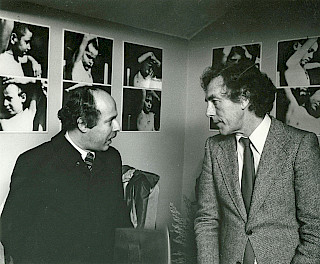
In 1979, lawyer Barbara Hüsing filed criminal charges against Arnold Strippel for murder on behalf of his relatives, leading the public prosecutor's office to reopen the investigation. The case was dropped in 1987. To highlight the failure of the German justice system in the Arnold Strippel case, the "Children of Bullenhuser Damm" association staged an "International Tribunal" in 1986. Relatives, former prisoners of the Neuengamme concentration camp and lawyers took part.
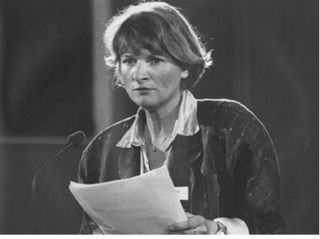
Under this link you can find a report from the NDR format "Panorama" on the crimes at Bullenhuser Damm and on one of the perpetrators, Arnold Strippel. The report appeared on 20.12.1983.